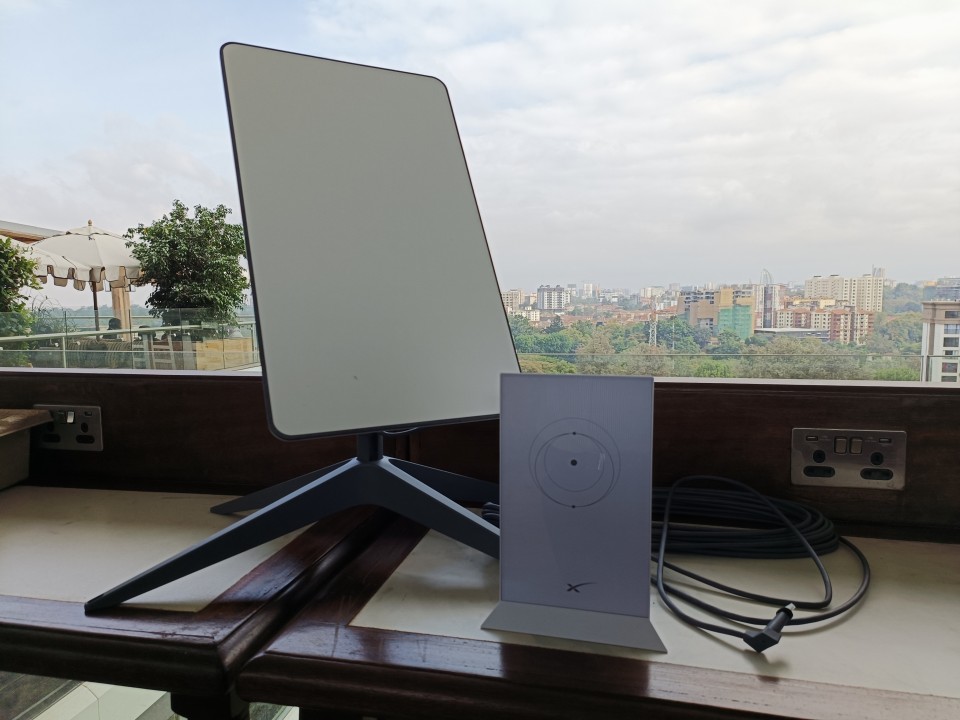As internet connectivity becomes increasingly essential in Kenya, users are presented with more options for accessing reliable and fast internet. Two key players in the Kenyan market are Starlink and Safaricom, each offering different approaches to internet service. Starlink, a satellite-based internet service from SpaceX, and Safaricom, Kenya’s leading telecom provider, offer distinct benefits and challenges. This article compares Starlink and Safaricom, helping Kenyan consumers decide which service is best for their needs.
1. Technology and Coverage
- Starlink: Starlink uses a network of low-Earth orbit (LEO) satellites to provide internet coverage globally, including remote and rural areas where traditional broadband services may be unavailable. This satellite-based technology enables Starlink to offer internet access in regions where infrastructure is lacking, making it an attractive option for users in remote parts of Kenya.
- Safaricom: Safaricom primarily relies on terrestrial networks, including 4G and 5G infrastructure, to provide internet services across Kenya. With an extensive network of cell towers, Safaricom offers widespread coverage, particularly in urban and suburban areas. However, connectivity can be limited or slower in some rural areas where infrastructure is not as developed.
2. Speed and Performance
- Starlink: Starlink promises high-speed internet with download speeds ranging from 50 Mbps to 200 Mbps, depending on the user’s location and network conditions. The latency is relatively low for satellite internet, around 20-40 milliseconds, which is suitable for most online activities, including video streaming, gaming, and video conferencing. However, performance can vary based on weather conditions and satellite availability.
- Safaricom: Safaricom’s internet speeds vary depending on the network technology (4G, 5G) and the user’s location. In areas with 5G coverage, users can experience speeds exceeding 1 Gbps, while 4G users can expect speeds between 10 Mbps and 100 Mbps. Latency on Safaricom’s network is typically lower than satellite-based services, making it ideal for activities that require real-time communication, such as online gaming.
3. Cost and Accessibility
- Starlink: Starlink’s pricing is higher than traditional internet services, with an initial cost that includes the satellite dish and router, along with a monthly subscription fee. While this may be a significant investment for some users, Starlink’s value lies in its ability to provide internet access in areas where other options are unavailable or unreliable. As of now, Starlink is more accessible to those in rural or underserved areas of Kenya.
- Safaricom: Safaricom offers a range of data plans catering to different budgets, making it accessible to a broad spectrum of users in Kenya. Prepaid and postpaid options are available, allowing customers to choose plans that best suit their usage patterns. Safaricom’s affordability and flexibility make it the preferred choice for many urban and suburban users.
4. Installation and Setup
- Starlink: Setting up Starlink requires users to install a satellite dish, which must have a clear view of the sky. The installation process is straightforward but may require some technical knowledge or professional assistance. Once set up, the system is relatively low-maintenance, automatically adjusting to optimize connectivity.
- Safaricom: Safaricom’s internet services are typically plug-and-play, with mobile data accessed via a SIM card or home internet through a router. Installation is simple, especially for mobile internet users who only need to insert a SIM card into their device. For home internet, Safaricom provides routers that are easy to set up, with customer support available for any issues.
5. Reliability and Customer Support
- Starlink: As a satellite-based service, Starlink’s reliability can be affected by weather conditions, such as heavy rain or storms, which may cause temporary disruptions. However, the service is generally stable, with ongoing improvements as more satellites are launched. Customer support for Starlink is primarily online, with resources available through the Starlink app and website.
- Safaricom: Safaricom is known for its reliable service, particularly in areas with strong network coverage. The company has a well-established customer support system, including call centers, social media channels, and physical stores where customers can get assistance. Safaricom also offers 24/7 support for its internet services, making it easier for users to resolve any issues promptly.
Conclusion
Both Starlink and Safaricom offer unique advantages for Kenyan internet users. Starlink is an excellent option for those in remote or underserved areas, offering high-speed internet where traditional services may be lacking. On the other hand, Safaricom provides a more affordable and flexible solution, with extensive coverage and reliable performance, especially in urban and suburban regions.
Ultimately, the choice between Starlink and Safaricom depends on your specific needs, location, and budget. For rural users seeking a robust connection, Starlink may be worth the investment, while those in more developed areas might find Safaricom’s services more convenient and cost-effective.
Call:+254729092897
Email:info@graph.co.ke



